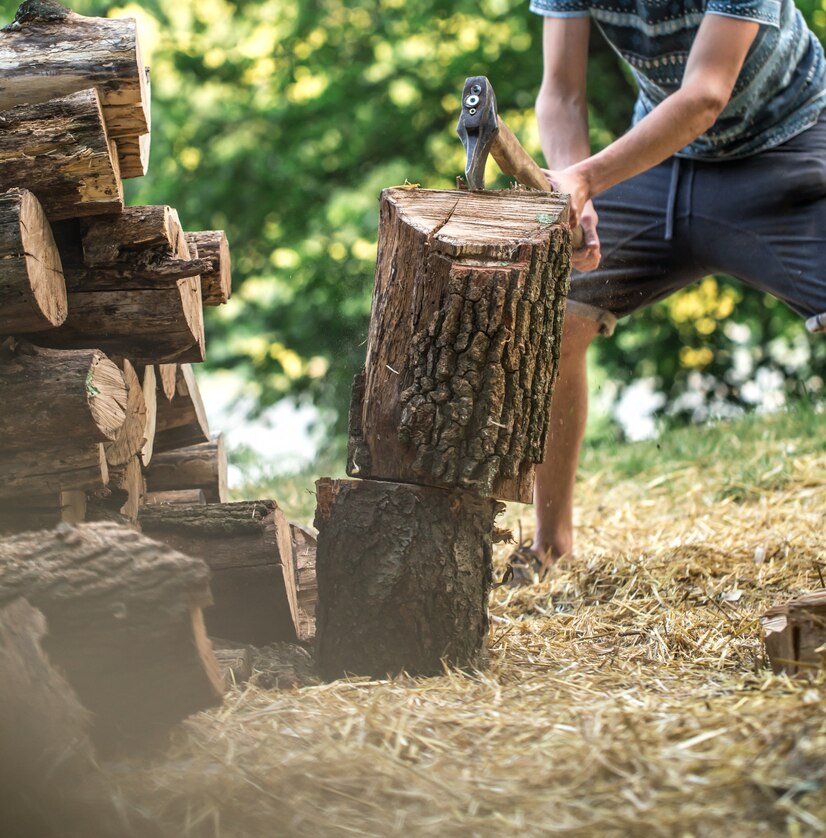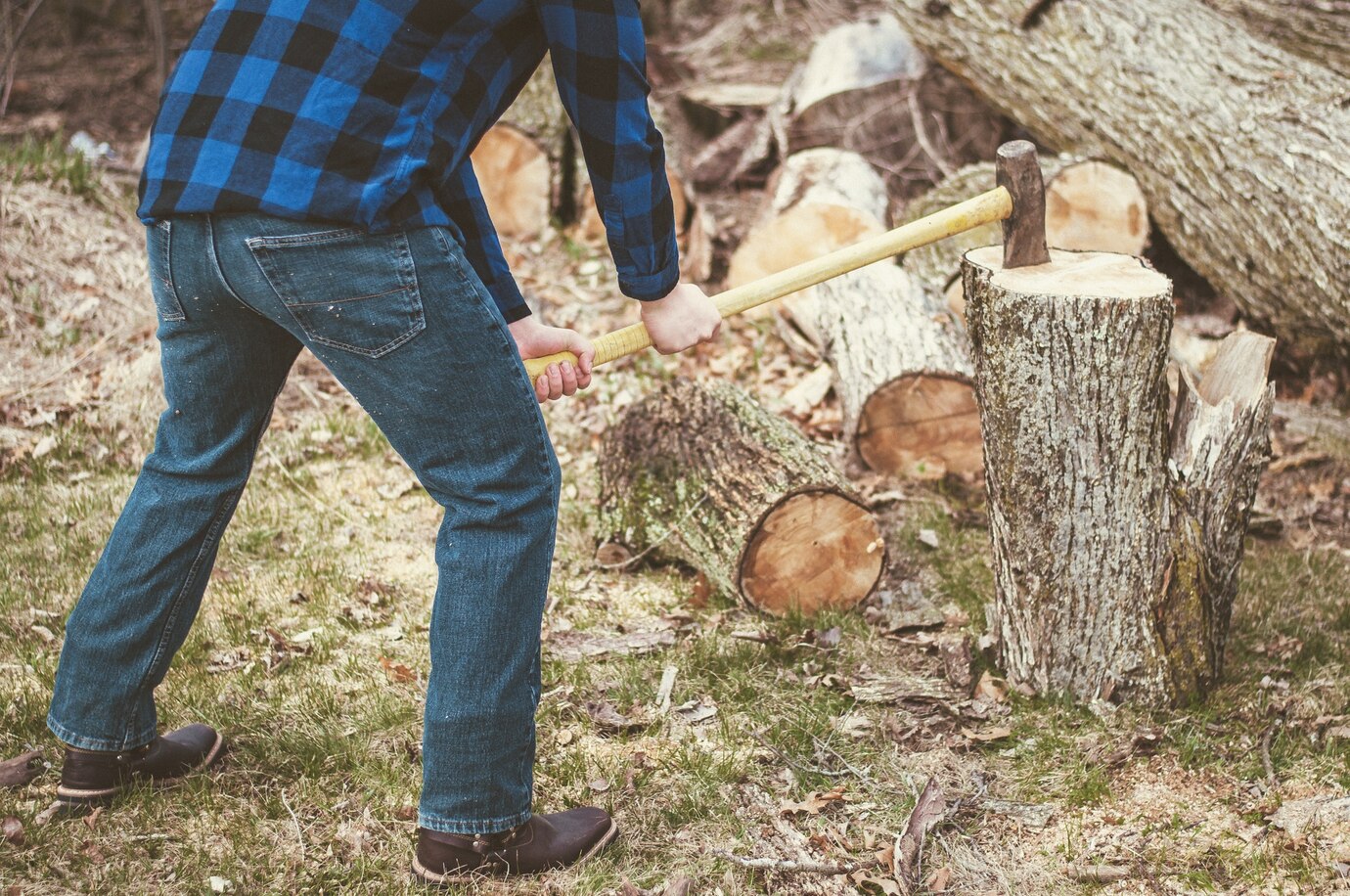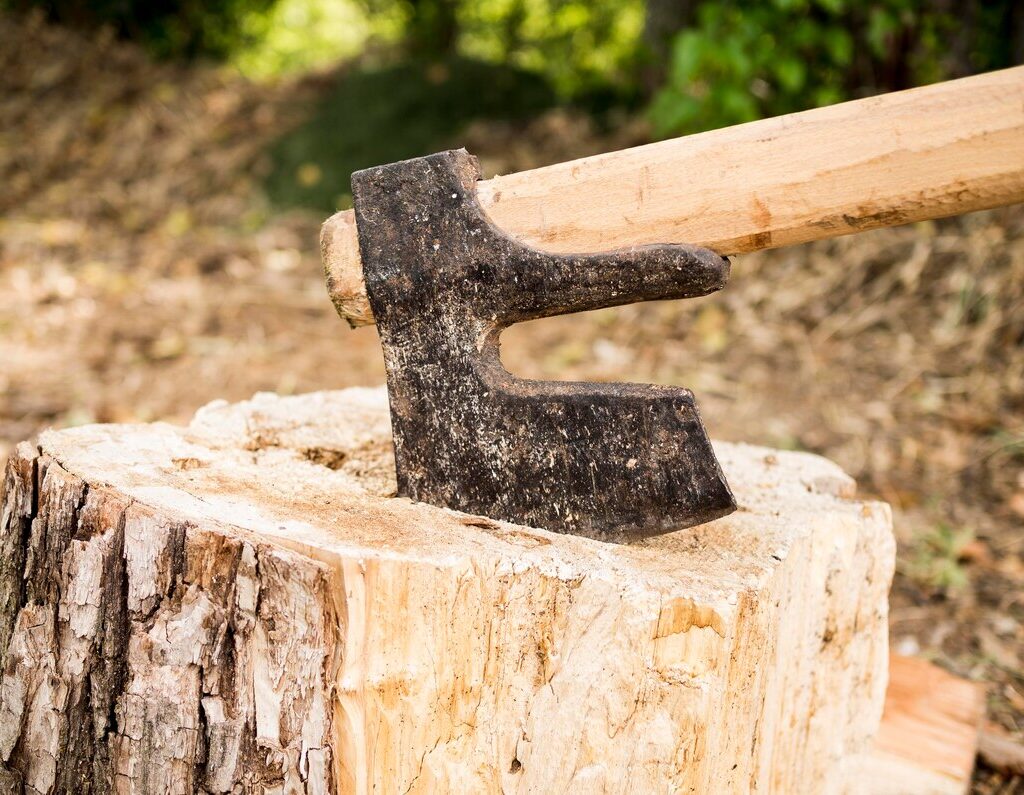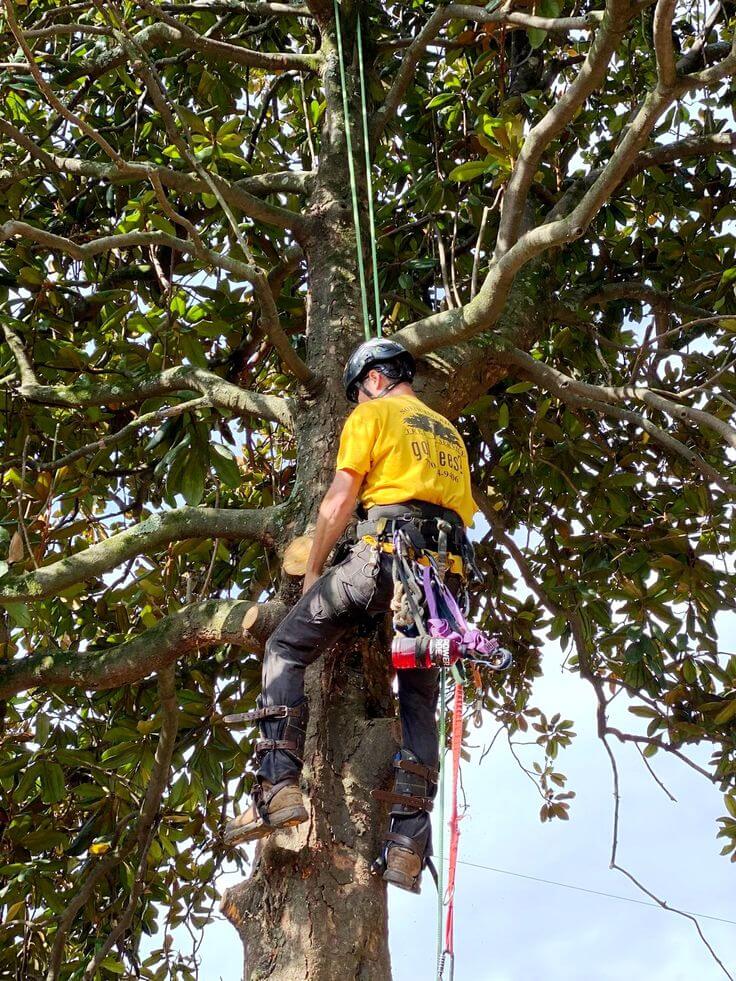Stump removal service
Introduction to Stump Removal
What is Stump Removal?
Stump removal refers to the process of eliminating the remains of a tree trunk and its roots after the tree has been cut down. This is typically performed to clear the area for landscaping, construction, or safety reasons. While stumps might seem harmless, they can cause various issues if left untreated.
Why Stump Removal is Essential
Stumps are more than just unsightly; they can pose safety risks and disrupt the aesthetic appeal of your yard. Additionally, they can attract pests like termites, ants, and fungi, which can spread to healthy plants or even your home. Removing stumps ensures a cleaner, safer, and more usable outdoor space.
The Importance of Professional Stump Removal Services
Benefits of Hiring Experts
Hiring professionals for stump removal ensures:
• Efficiency: Specialized tools and expertise enable quick and thorough stump removal.
• Safety: Professionals minimize risks of injury or property damage.
• Aesthetic Appeal: Proper removal allows for seamless landscaping.
Risks of DIY Stump Removal
Although DIY stump removal might seem cost-effective, it often leads to:
• Injury Risks: Improper equipment handling can result in accidents.
• Incomplete Removal: Without the right tools, roots may be left behind, causing potential regrowth.
• Equipment Damage: Misuse of tools like chainsaws can lead to costly repairs.
Different Methods of Stump Removal
Stump Grinding
This popular method uses a grinder to shred the stump into wood chips. It’s efficient and leaves the ground level but doesn’t address the roots.
Chemical Stump Removal
Chemical solutions accelerate stump decomposition. Though cost-effective, this method requires time and careful application to avoid harming surrounding vegetation.

Manual Stump Removal
This traditional approach involves digging around the stump, cutting roots, and physically pulling out the stump. It’s labor-intensive and best suited for smaller stumps.
Burning the Stump
Burning is a less common method where the stump is set alight to gradually reduce it to ash. It’s restricted in some areas due to fire regulations and environmental concerns.
Choosing the Right Stump Removal Service
Factors to Consider
When selecting a stump removal service, consider:
Seek out businesses that have a history of proven success.
• Equipment: Ensure they use modern and efficient tools.
• Customer Reviews: Check online feedback for reliability and quality.
• Insurance and Licensing: Verify credentials to protect against liability.
Questions to Ask a Stump Removal Company
What methods do you use for stump removal?
Are you insured and licensed?
How do you handle debris and cleanup?
Can you provide a detailed cost estimate?
Costs Associated with Stump Removal
Factors That Affect Pricing
Stump removal costs vary based on:
The size of the stump: Bigger stumps demand additional time and effort to handle.
• Location: Accessibility affects equipment setup and removal.
• Root System: Extensive roots add to the complexity.
Average Cost of Stump Removal
On average, stump removal ranges between $100 and $300 per stump. However, grinding services may cost slightly less, averaging $75 to $200. Large-scale projects might require customized pricing.
Environmental Benefits of Stump Removal
Preventing Pest Infestations
Stumps act as magnets for pests, including termites, beetles, and ants, which can spread to other plants or structures.
Promoting Healthy Plant Growth
Clearing stumps eliminates competition for nutrients and space, enabling other plants to flourish.

Safety Tips for Stump Removal
Equipment Safety
1.Ensure you always put on safety equipment, such as gloves, goggles, and sturdy boots.
2.Follow the manufacturer’s instructions when operating machinery like stump grinders.
3.Surrounding Area Precautions
4.Clear the area of debris and obstructions.
5.Alert neighbors if using noisy or hazardous equipment.
Stump Removal vs. Stump Grinding: What’s the Difference?
• Stump Removal: Involves digging out the stump and its roots, leaving a large hole behind.
• Stump Grinding: Grinds the stump down to ground level without removing the roots.
How to Prepare for Stump Removal Services
• Clear the Area: Remove rocks, debris, and other obstacles around the stump.
• Provide Access: Ensure the stump is accessible for equipment.
• Inform Neighbors: Let them know about potential noise or disruptions.
Common Misconceptions About Stump Removal
1.Stumps Decompose Quickly: It can take years for a stump to decay naturally.
2.DIY is Always Cheaper: Without the right tools, DIY can end up being more expensive.
Signs You Need Stump Removal
• Visible Decay or Fungus: Indicates pest activity or potential hazards.
• Landscaping Plans: Stumps interfere with construction or gardening projects.
• Safety Concerns: Stumps pose tripping hazards for children and pets.
Advantages of Timely Stump Removal
1.Avoid Long-Term Costs: Prevent pest infestations and root damage to nearby structures.
2.Enhance Property Value: A stump-free yard is more appealing to potential buyers.
Aftercare Tips Following Stump Removal
• Level the Ground: Fill the gap with soil or mulch to even out the surface.
• Replant the Area: Add grass, shrubs, or flowers to restore beauty.
• Monitor for Regrowth: Occasionally check for leftover roots attempting to sprout.
Conclusion
Stump removal is a vital part of maintaining a clean, safe, and visually appealing yard. While DIY options exist, professional services ensure thorough and efficient results. With a variety of methods available, you can choose the one best suited to your needs and budget. Don’t let an old stump be a thorn in your landscaping plans—take action today!

